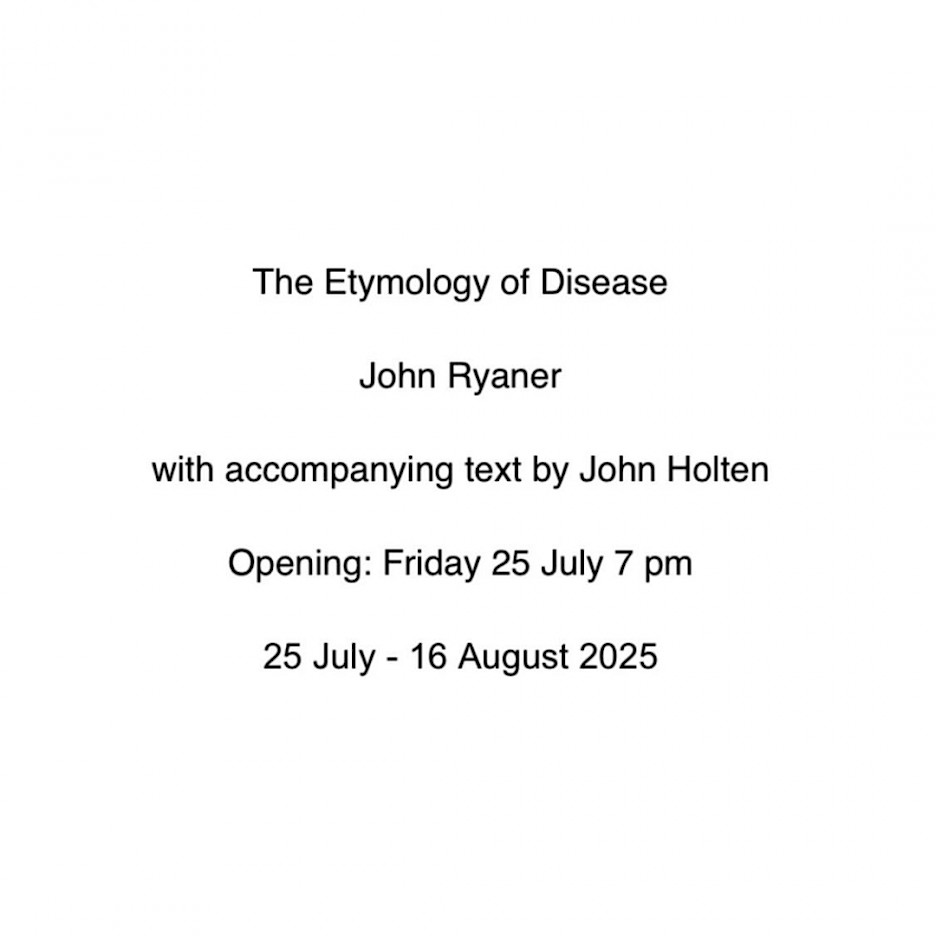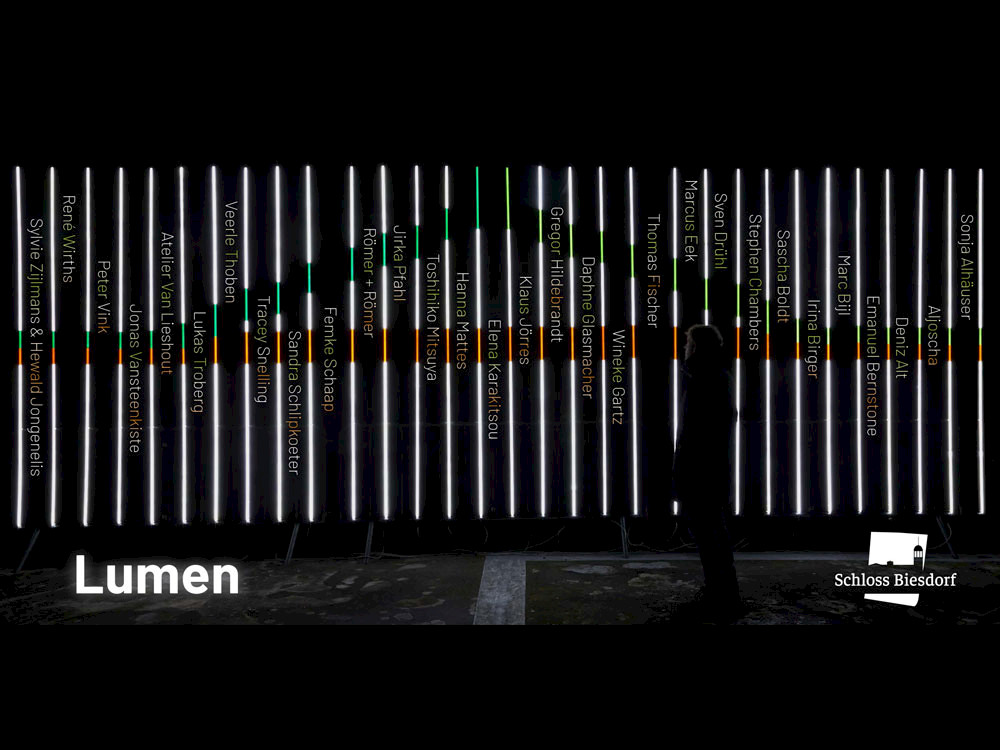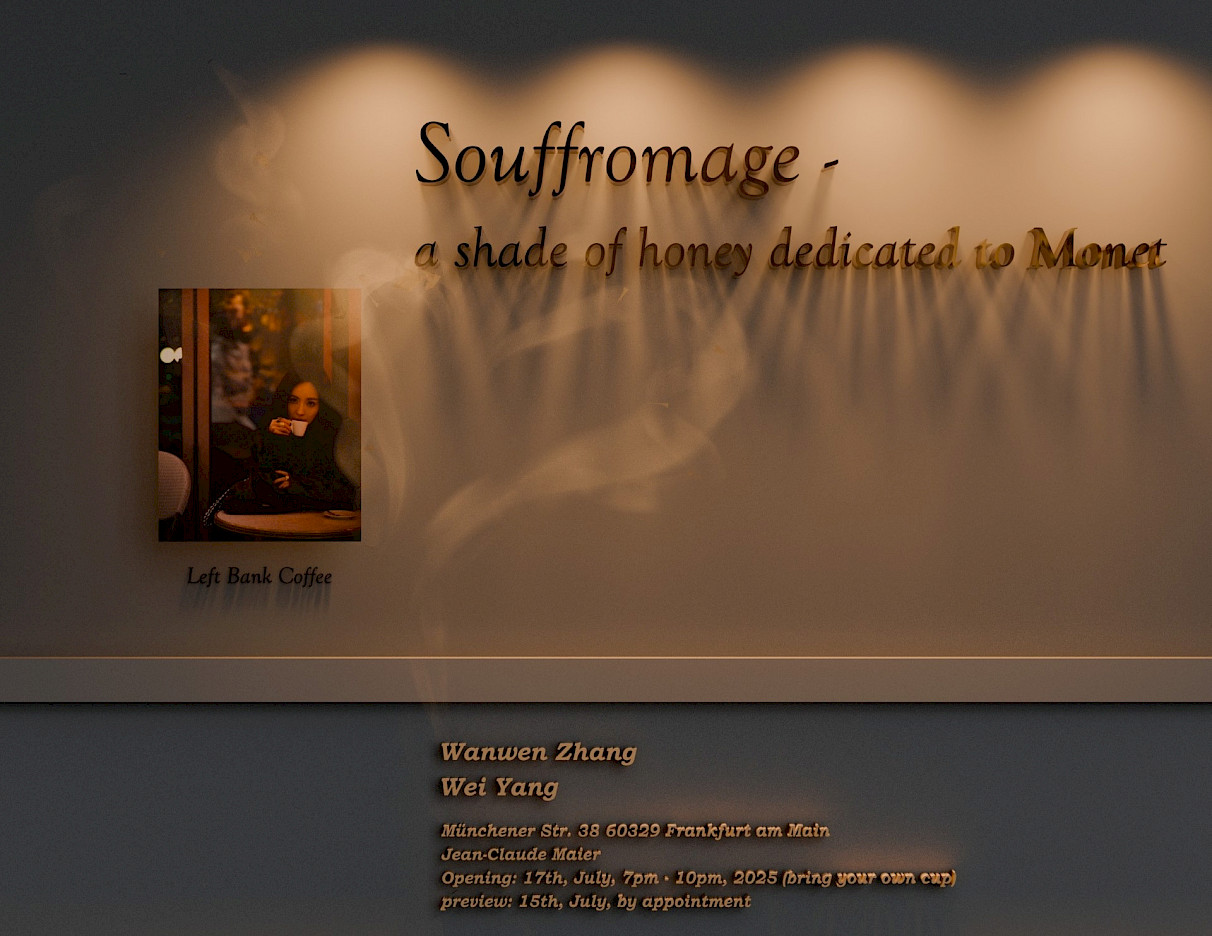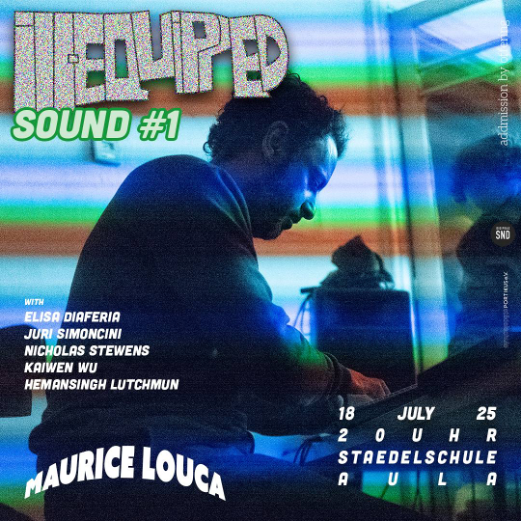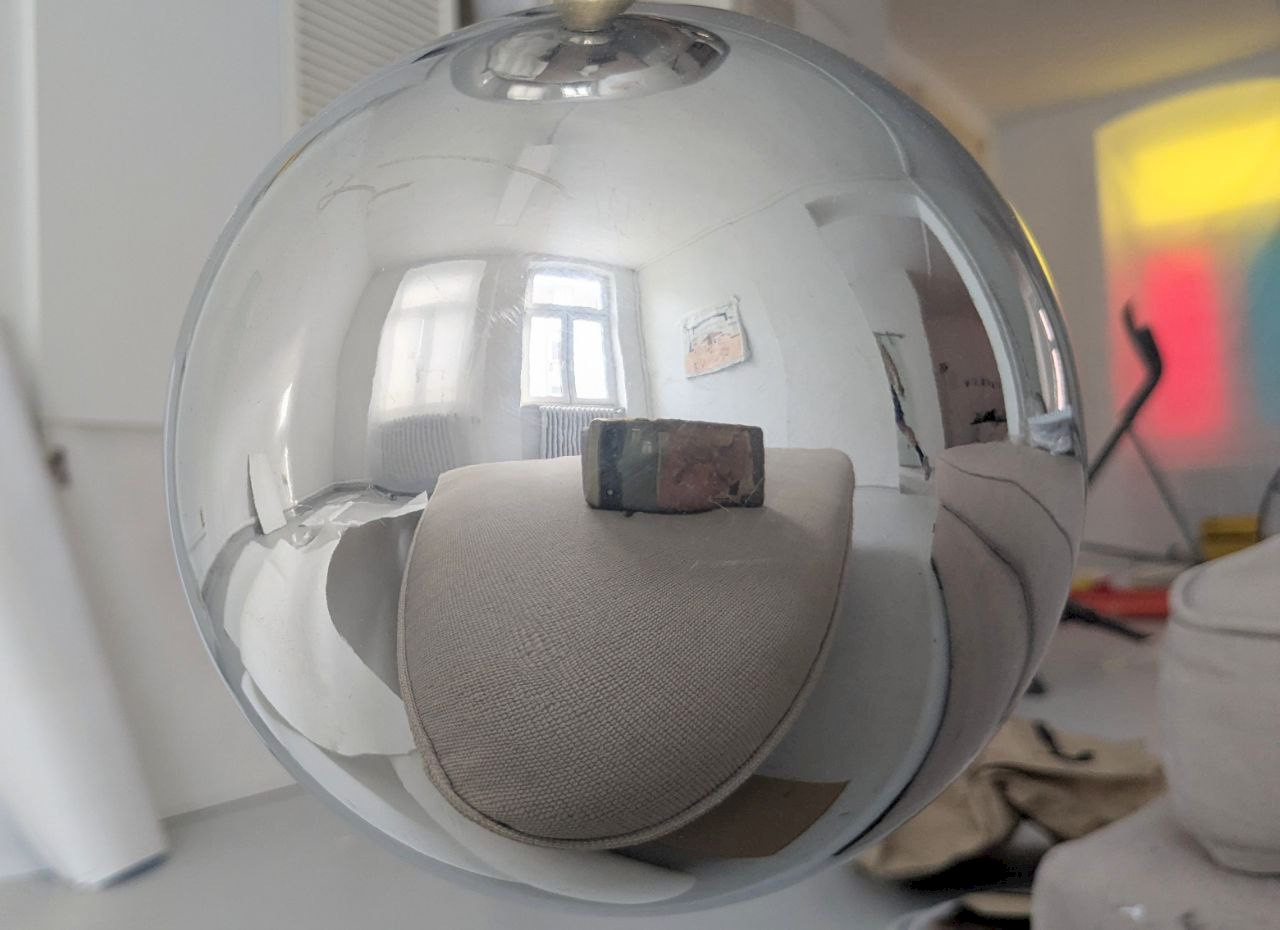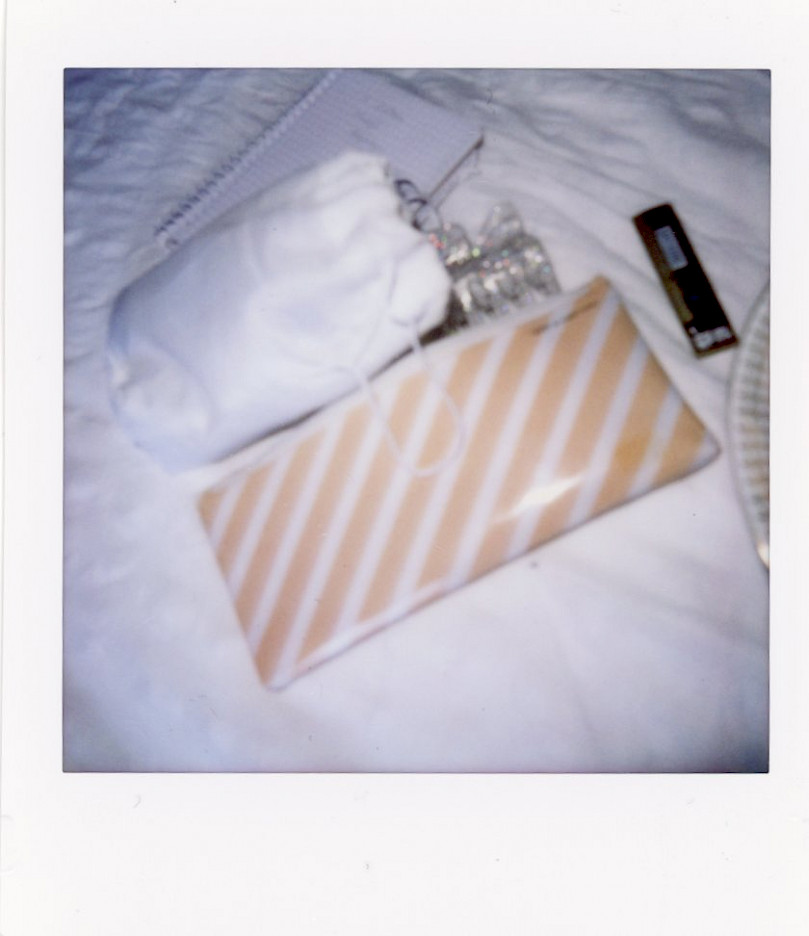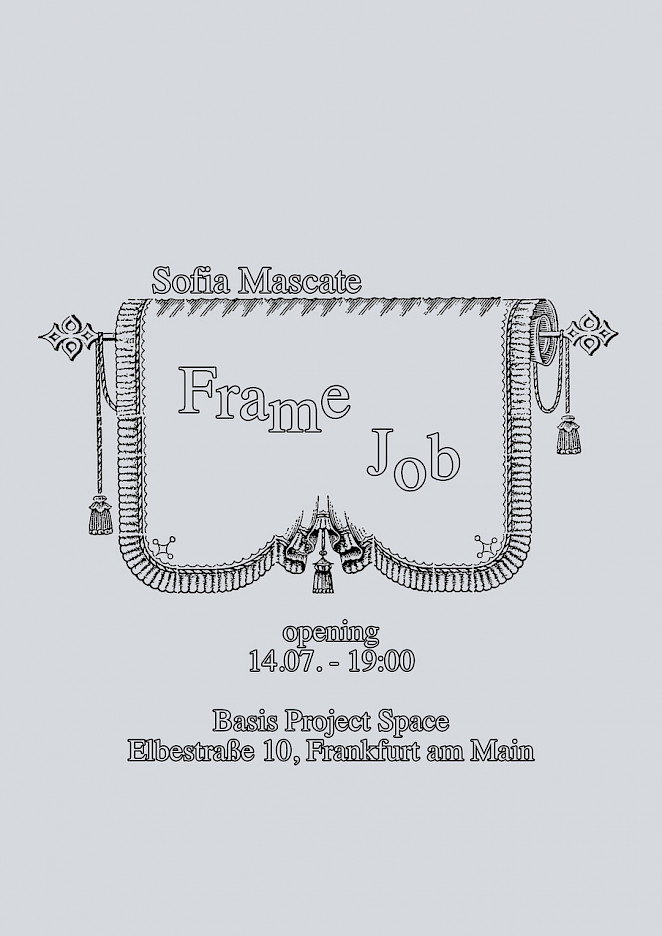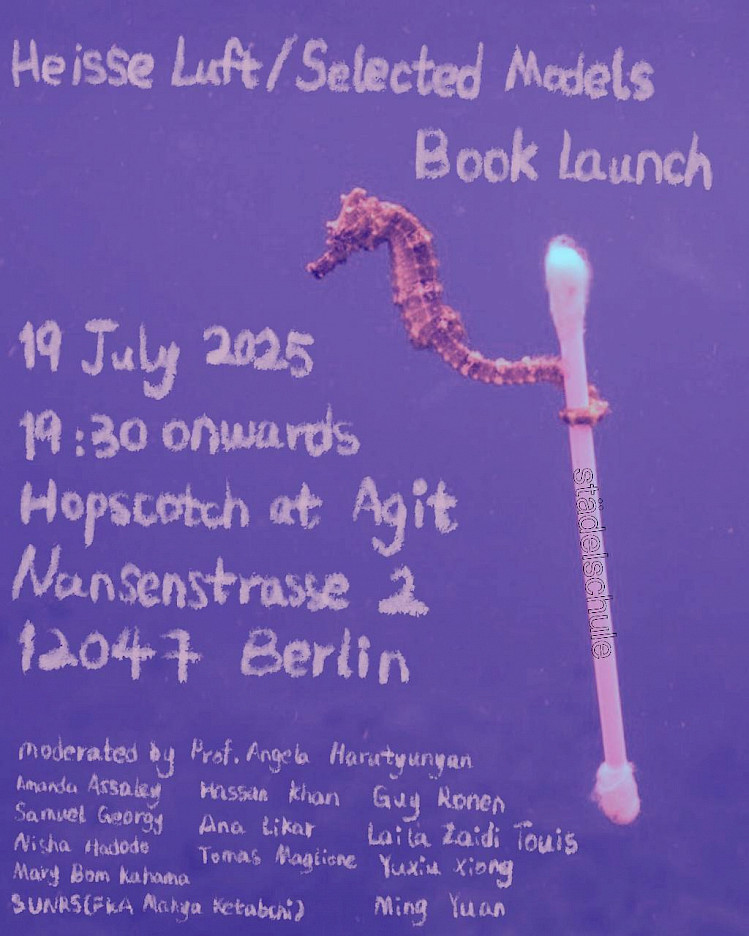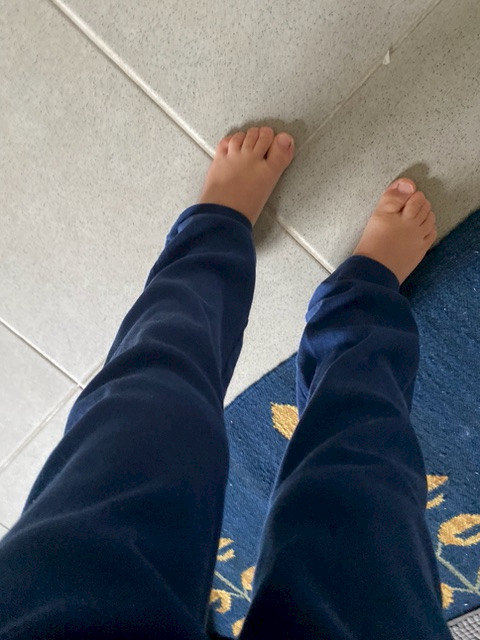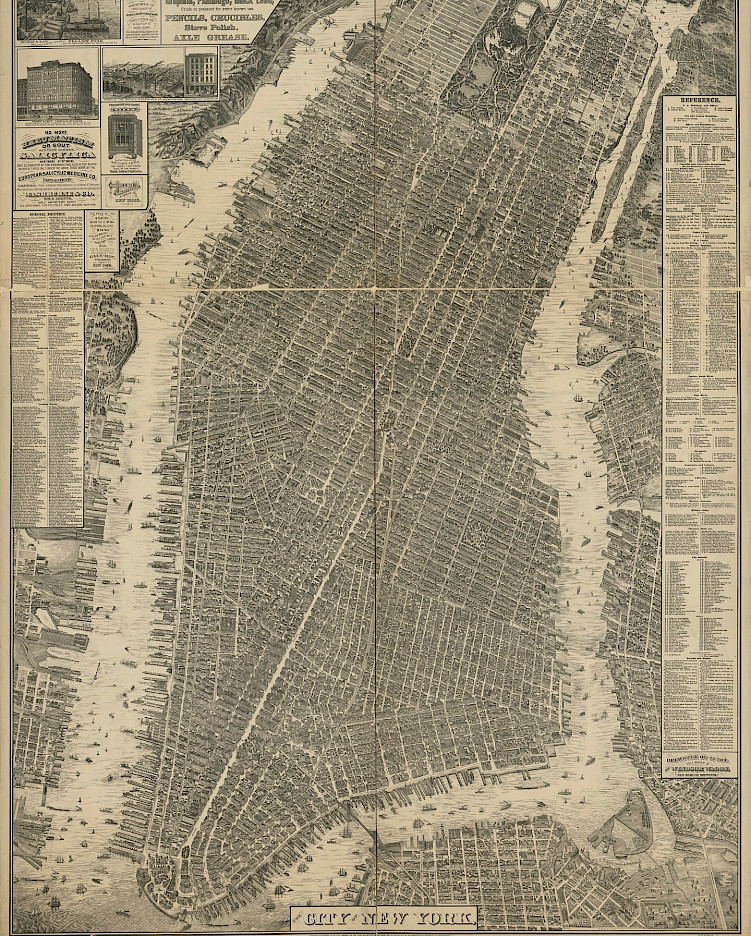Lena Henke
until 21 June 2025
Bortolami Gallery
55 Walker Street
10013 New York City
United States
A city gets under the flesh. Its streets and byways channel flows of movement; its noises sync with an inner pulse—flickering, persistent, electric. No matter how quickly or radically an urban space changes, traces of its past lives remain metabolized in the bodies and minds of its inhabitants. Metropolitan life, as Georg Simmel writes, extends in a wave-like motion, neither ending with the physical body nor the area to which its activity is confined. The city is always here and elsewhere—a landscape both physical and mental.
Lena Henke’s second solo presentation with Bortolami, The City Transformed, draws its title from a series of seminal lectures given by the late architectural historian Barry Lewis at Cooper Union from 1994–2019. In the exhibition’s titular work, a late 19th-century map of Manhattan spans ten large cowhides, fragmented and stretched taut over individual panels. The city’s streets are laser-etched into the surface of the animal’s skin. Cowhide carries its own layers of history: the flesh and labor of cattle shaped the contours of early industrial urban life, not only fueling markets through the livestock and leather trade, but also the imagination, through the myth that Manhattan’s irregular southern streets followed their grazing paths. Despite such rich associations, Henke’s invocation of skin isn’t limited to the animal alone. Her transposition of the urban grid onto hides converges with resonances of human form, seen in the suggestion of curving limbs and an outstretched hand poised to seize the city itself. New York’s iconic street grid and architectural logic, as recorded in an 1879 map originally published as an inlay to the Evening Post, have been burnt into the hide and overlaid with layers of contemporary drawing and text. Here, skin becomes an intimate archive in which different strata of time, memory, and interpretation intermingle—a “cartography of remembering and forgetting.”¹ This sense of intimacy and immediacy is enhanced by enigmatic snippets of text culled from Lewis’ lectures. Warped by AI-audio transcription software, his reflections on New York City are interspersed with technical hallucinations that imbue the text with a confessional, diaristic air.
— Jesi Khadivi
¹ Christina Irrgang, “The Skin Through Which We Speak,” trans. Jesi Khadivi, in Skin: Membrane, Organ, Archive (Berlin: Art in Flow Verlag, 2023).
